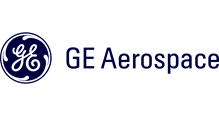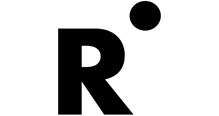
December 1 - 6, 2024
Boston, Massachusetts
Symposium Supporters
2024 MRS Fall Meeting & Exhibit
SF01.03.07
What Does the Structure of Metallic Liquids Tell Us About Glass Forming Ability?
When and Where
Dec 3, 2024
11:00am - 11:30am
11:00am - 11:30am
Hynes, Level 3, Room 310
Presenter(s)
Co-Author(s)
Katharine Flores1,W. Porter Weeks1,Suzanne LoTempio1
Washington University in St. Louis1
Abstract
Katharine Flores1,W. Porter Weeks1,Suzanne LoTempio1
Washington University in St. Louis1
While the structures of metallic liquids have been heavily investigated, relating that structure to lower temperature phenomena has proven challenging due to difficulty with elucidating the role of subtle variations among local atomic arrangements. We have adopted a machine learning-based approach to compare the geometry of nearest-neighbor atomic structures in simulated binary and ternary metallic liquids, resulting in a surprisingly small number of fundamental “building-block” atomic cluster motifs that persist across a wide range of alloy compositions and temperatures. Quantitative evaluations of the population distribution of these motifs and their geometric similarity to “embryos” of intermetallic phases, in combination with Miracle’s Efficient Cluster Packing model based on critical combinations of atomic radii, yields a highly effective a priori indicator of experimentally observed glass formation from the liquid. Based on these observations, we propose three necessary and sufficient conditions required to achieve high glass forming ability from metallic liquids: (1) the liquid structure should be highly disordered, with many competing nearest-neighbor structures; (2) the nearest-neighbor structures in the liquid should have low similarity to crystalline phases; and (3) the liquid structure should be efficiently packed to limit diffusion. While these criteria have been discussed in the literature previously, to our knowledge, the present work is the first demonstration that the simulated high temperature liquid structure and simple elemental features (i.e. atomic radii) can be combined as a sufficient a priori predictor of glass formation, without needing to simulate the structure of the undercooled material. Furthermore, the observation of fundamental building block motifs in the disordered structure opens the door to unambiguously defining atomic-scale structural defects, which may determine other material properties.Keywords
alloy | glass
Symposium Organizers
Isabella Gallino, TU Berlin
Jamie Kruzic, UNSW Sydney
Yanhui Liu, Yale University
Jan Schroers, Yale University
Symposium Support
Gold
Radical AI
Silver
Heraeus AMLOY Technologies GmbH
Bronze
AMAZEMET Sp. z o.o.
Radical AI
Silver
Heraeus AMLOY Technologies GmbH
Bronze
AMAZEMET Sp. z o.o.
Session Chairs
Michael Ferry
Isabella Gallino
Naijia Liu
Beatrice Ruta




